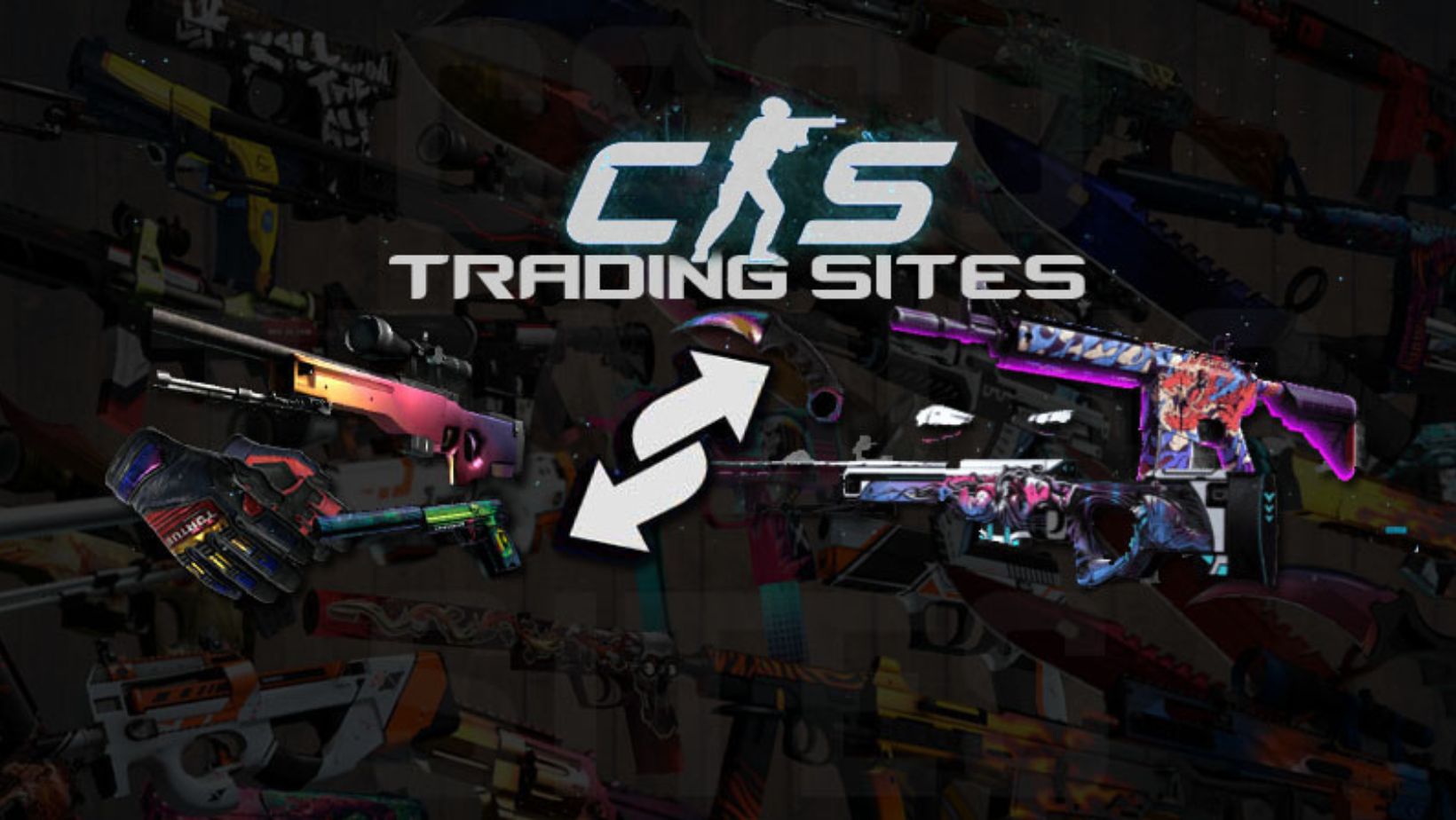Every year, the CS2 skins market is becoming more active and complex. If earlier skins served only as an aesthetic addition to the game, now it is a whole economic ecosystem where the laws of supply and demand operate. Why does one skin cost a few cents, and another several thousand dollars? Why do some skins lose value and others gain? Let’s figure out what exactly affects the prices of skins and why the CS2 market is so sensitive to the slightest changes.
Rarity as the Main Factor in Pricing
The main factor that influences the pricing of a skin is its rarity. The game has a gradation system from common to super rare items. The most expensive skins almost always have the Covert or Classified quality status. The rarer a skin drops from a case, the higher its price on the market.
For example, knives and gloves are those game items that are difficult to get when opening a case. Some items cannot be obtained more when opening a case. The limited number of such items on the market pushes their price up. The presence of a StatTrak counter on CS2 skins adds uniqueness and value to them. Such versions of skins are interesting to collectors and players who value uniqueness and prestige.
Historical and External Context
It is interesting to observe how events in the real world affect the skin market. For example, during the global COVID-19 pandemic, the CS2 market experienced unexpected growth. Players had more time to play, some newcomers simply became interested in eSports, and accordingly, the demand for skins increased, in particular, those that were not of interest before.

This once again confirms the importance of understanding the mechanism of supply and demand. Any mass phenomenon that affects player engagement can lead to a jump or fall in prices.
Skin Aesthetics and Popularity
While the appearance of the skin is not the main factor influencing pricing, it is still worth considering. Some skins have become popular and in demand, in part because of their bright and recognizable design. A great example of this is AWP | Dragon Lore, which has become a symbol of esports heritage and the dream of almost every player.
It is also worth considering how popular the skin is among professional players. If the skin often appears on streams or at major tournaments, its price may skyrocket, simply because everyone wants it.
The Impact of Float Value on Pricing
Beyond rarity and aesthetics, a skin’s Float Value plays a crucial role in determining its market price. The CS2 Float Value is a numerical representation of the skin’s wear level, ranging from 0.00 (Factory New) to 1.00 (Battle-Scarred). Even within the same wear category, small differences in Float Value can significantly influence pricing. For example, a Factory New skin with a Float of 0.01 is often more valuable than one with 0.06, especially for collectors seeking near-perfect items. Some skins with ultra-low or ultra-high Floats are considered unique, which can drive their value higher due to their rarity and desirability among enthusiasts. As a result, serious traders pay close attention to Float Values when evaluating a skin’s true worth.
Investment Value
Today, many players consider skins not only as decoration but also as investments. Some skins have increased in price several times over the past few years. For example, cases of old collections that no longer drop are becoming increasingly rare, which means they are becoming more expensive along with their potential drops.
The prices for such skins are not based on their visual appeal but on the limited quantity and growing interest. Therefore, the market is reminiscent of classic trading platforms in many ways: the same principles of capital investment, profit expectations, and trend analysis work here.
Psychology of Demand and Player Behavior
The psychological factor should not be underestimated either. Players’ desire to stand out in the game and get a rare or desired skin first fuels demand.

Players are willing to overpay for rare and exclusive skins, even if their functionality is no different from ordinary ones. To some extent, the skin market lives off this “gamer fashion.”
Sharp Price Fluctuations: How Can Events Instantly Change Skin Prices?
The cost of skins can change instantly due to the high sensitivity of the market to events and news. Any game update, changes in the case drop mechanics by the developer, the release of a new case, or a major tournament can significantly affect supply and demand. For example, if the developers remove a certain case from the drop, the skins from it immediately begin to rise in price due to a shortage. Fluctuations can also be caused by mass purchases of skins by large traders or influencers who create a temporary rush. It is essential to recognize that the skin market is a dynamic environment where prices are shaped not only by logic, but also by emotions, rumors, and short-term trends.
Conclusion
The CS2 skins market is a complex and vibrant ecosystem, where the cost of a skin is influenced by many factors: from rarity and the presence of StatTrak to foreign economic conditions, psychological perception of players, and even the actions of developers. Understanding the principles of the market allows players not only to consciously choose skins for personal use but also to consider them as assets with investment potential. Rapid price changes, trends, and rare finds make the market an exciting space for both beginners and experienced traders.
